Diamonds of the Andes
Conserving Genetic Resources of Suri alpaca in Peru
![[object Object]](https://undp.shorthandstories.com/gef-sgp-diamonds-of-the-andes/assets/1gQ1Hx0dCf/_d5f2189-2560x1707.jpeg)
At more than 4,000 metres above sea level, Nuñoa is a remote town surrounded by mountaintops and treeless, dry Puna, an Andean steppe ecosystem.
Due to poor soils, short growing seasons, and limited rainfall, most varieties of crops are impossible to grow at this altitude, and therefore locals primarily keep livestock.
As a result, Nuñoa is known as the world capital of the Suri alpaca, a rare breed of alpaca, known for its very soft and expensive fibre.
Driving into the quiet district centre, home to most of its 10,000 inhabitants and situated five hours drive from the nearest urban centre of Puno, there are large alpaca statues lining the road and crowning the arches that welcome you to town.
These depict the Suri breed, an unusual variety with a long coat of silky dreadlocks that hang to the ground around its fine, slightly fragile frame. Nuñoa prides itself as the home of the Suri and the animal has become a symbol of the town, in part due to the efforts of a unique project supported by the GEF Small Grants Programme (SGP) and implemented by UNDP.
One project becomes 60
This project, Evaluation, recovery and conservation of the genetic resources of the Suri alpaca strain in Peru, started in 2001 and was the first collaboration between SGP Peru and alpaca-raising communities in the country’s highland areas.
The project gave rise to a profusion of over 60 projects in the ensuing years.
As a result, the municipality now counts five urban artisan collectives and eight in rural areas, for a total of 13 groups working with alpaca products.
Bio-Craftsmanship
An emigrated Nuñoan who had retained his flock of alpaca in the highlands was becoming increasingly worried that a preference for more robustly textured Huacaya alpaca fibre, with a predominance of white alpaca over the 24 other possible colours, was leading to the deterioration of genetic diversity and threatening the Suri alpaca to extinction. Working with a community organisation of alpaca herders, Asociación de Criadores de Camélidos Andinos ‘Illa’ (ACRICAN ILLA) he secured a grant from SGP Peru with the aim of improving and expanding the existing stock of Suri alpaca in the region.
Because the production of natural alpaca fibres does not use chemical inputs, and the refined, value-added products are handmade, a salutary by-product of the project is more sustainable management of water, soil, and pastures that enables sustainable lifestyles and improved livelihoods of the Nuñoan community.
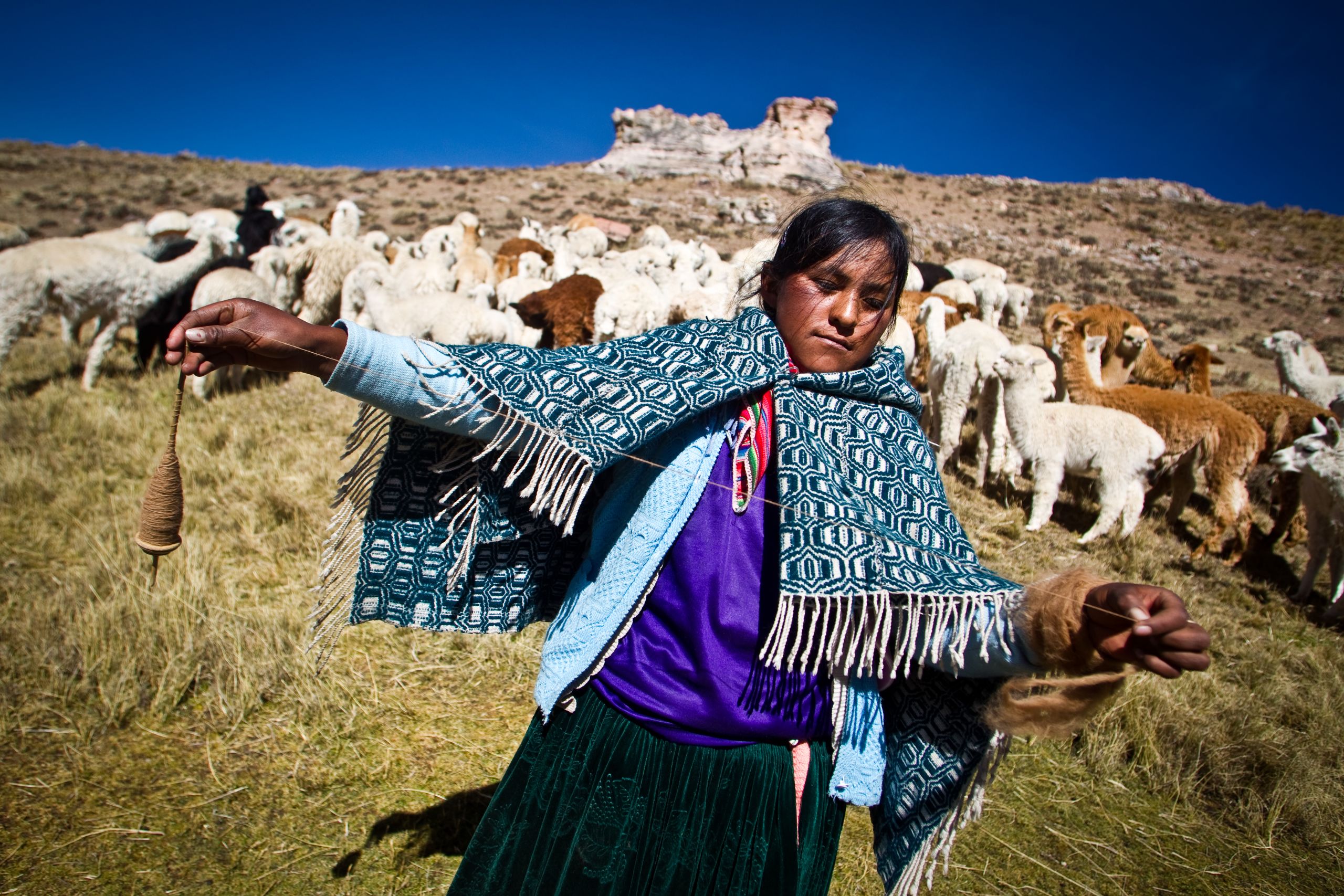
From their small-scale origins, Nuñoa alpaqueras are endeavouring to organise themselves in co-operatives to standardise production of their biodiversity friendly handicraft, resulting in threads of uniform thickness and well-finished weaves.
The rural women working on these projects are improving livelihoods for the present, and a more secure future for subsequent generations.
Taking a camelid through the eye of a needle
The first phase of the project focused on the introduction of new Suri males into the area, along with efforts to improve the stock in terms of colour distinction and health. The project worked to build the capacity of the farmers to improve grassland ecosystem management, water harvesting, and cultivation of perennial forage grasses. Several alpaca herders are using and continuing to develop these techniques today, almost 15 years later.
These efforts have improved the management of water, soils, and pastures that are more resilient to a changing climate and society.
![[object Object]](https://undp.shorthandstories.com/gef-sgp-diamonds-of-the-andes/assets/ftYGz4RxMf/_d5f1863-2560x1707.jpeg)
Realizing value, rebuilding knowledge
A main cause of the decline in Suri alpaca was a lack of demand for their fibre on the market. While the white Huacaya fibre, which is easier to spin, dye, knit, and weave was valued, the coloured fibres and the silkier Suri, which is harder to work with, could barely be sold for half of the standard price.
An essential component of the project therefore became the creation of products and enterprise based on Suri fibre. This was achieved through the establishment of women cooperative among the Suri Paqocha, who received training in knitting and handcraft techniques.
However, traditional knowledge and techniques that would allow them to work with Suri fibre had disappeared in the area, so the project helped re-discover this traditional practice through close consultation and by obtaining consent of the communities.
Suri Paqocha members described how they first had to learn to hand-spin the fibres to standardised measurements as well as learn how to classify the various parts of a fleece and work with natural colours that can differ dramatically from animal to animal.
Then they followed intensive training in the creation of up-to-date knitting designs and the challenge of how to market their goods from a remote location.
Protecting bio-cultural heritage and earning profits
With a steadily increasing impact on both natural environment and livelihoods of the Suri Paqucho over time, one major benefit of this initiative has been the recognition of the Suri breed as part of the Peruvian bio-cultural heritage.
Another great achievement of the project is that the price of coloured Suri fibre has risen to surpass that of white Huacaya fibre, raising the value of Suri alpaca throughout the district.
For artisans and herders, their main issue now is keeping up with the increased demand resulting from higher prices for their Suri fibre. Given the extremely low stocks of Suri, when the project first started in 2001, both breed improvement and flock increase was slow. For an animal that reproduces slowly at the best of times, an average of 0.6 cria (alpaca calves) are born per female per year in Nuñoa, and recent years’ extreme weather has compounded these difficulties.
The successful reproduction of distinct colours and breeds demands a large number of separate enclosures - each colour and breed must have its own – which, given the number of possible colours, was a serious challenge for many farmers.
Despite these challenges, the herders and artisans of Nuñoa are coming up with innovative solutions. They were motivated by the idea of acting as protectors of their national bio-cultural heritage and by the potential of tapping into what they described as a growing market for natural, undyed and handmade products. For the women of Suri Paqocha, the project not only improved their livelihoods and skills, but also increased their autonomy and empowered them as individuals. As such, even the power balance in their familiar relationships improved.
Community members also saw the success of the alpaca business as a critical step to slowing the rapid outmigration of younger generations from their community.
Small Grants = Big Impacts
Since 1998, the SGP in Peru has supported more than 300 projects in 23 of the 24 regions of the country. The SGP, funded by the Global Environment Facility (GEF) and implemented by UNDP since 1992, has been supporting projects around the world that conserve the global environment while enhancing people's well-being and livelihoods.
The SGP’s portfolio in Peru has focused on organic agriculture; sustainable use of non-timber forest products; fish farming with native species; breeding of camelids and the transformation of their fibres; use and revaluation of medicinal, aromatic, and dye-producing plants; recovery of native cotton; and artisanal production of honey, among many other initiatives.
At the national level, two policies related to the conservation of alpacas have passed, and native coloured cotton was incorporated in the list of species of ethnic and cultural heritage (Law No. 28,477 and Law No. 29,224).
At the local level, associations of producers are now recognised by local and regional governments and have become important contributors to local economy; three ordinances for the final disposal of Persistent Organic Pollutants were enshrined in the local law, and producer associations participated in 25 regional and local fairs.
For more information on SGP-supported projects in Peru, visit the SGP Peru Country Page.
For more information on this specific project, please visit the SGP project profile: Evaluación, recuperación y conservación del germoplasma de la alpaca raza suri color, Nunoa, Puno.
Visit the SGP website for details on the overall Small Grants Programme.
![[object Object]](https://undp.shorthandstories.com/gef-sgp-diamonds-of-the-andes/assets/9Rysu4OeNz/gef-sgp-undp-logolineup2-1352x443.png)
Story by Andrea Egan, Ana Maria Currea, UNDP Peru / Photos: © SGP / GEF / UNDP Peru - Enrique Castro-Mendívil
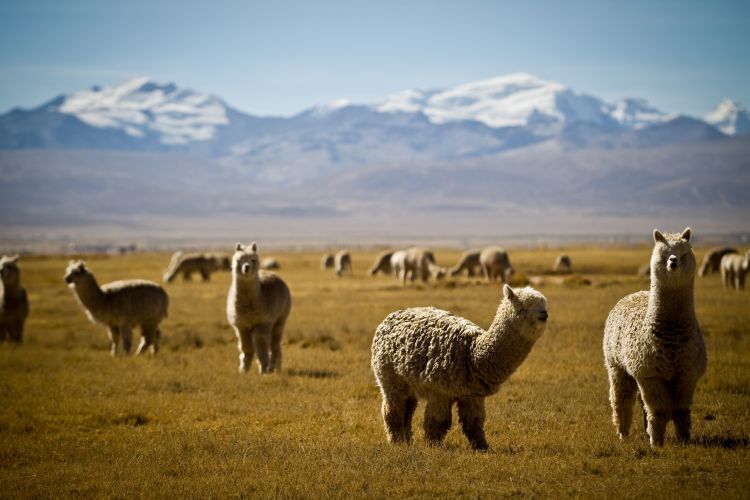
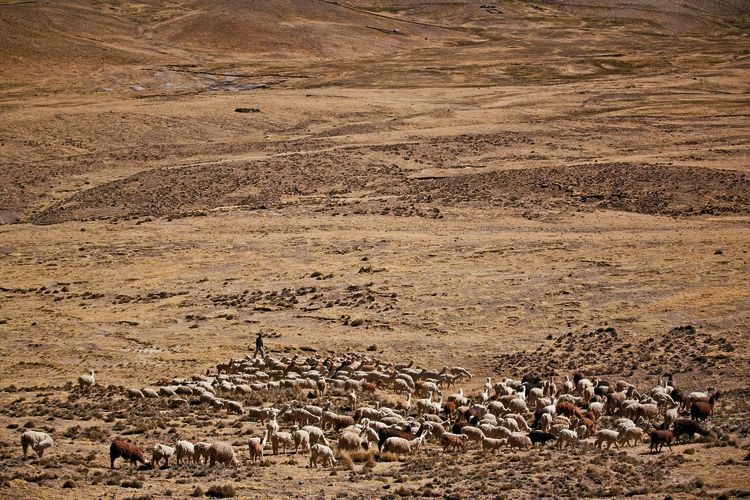

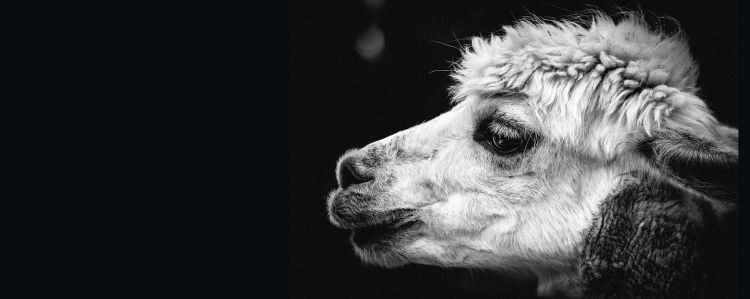
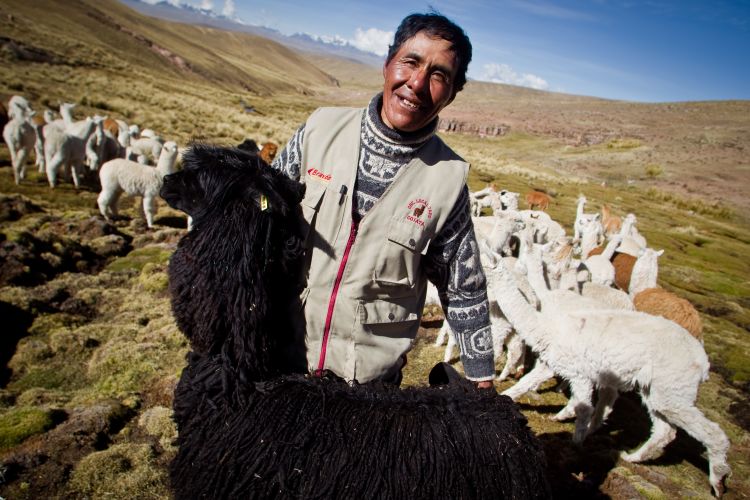
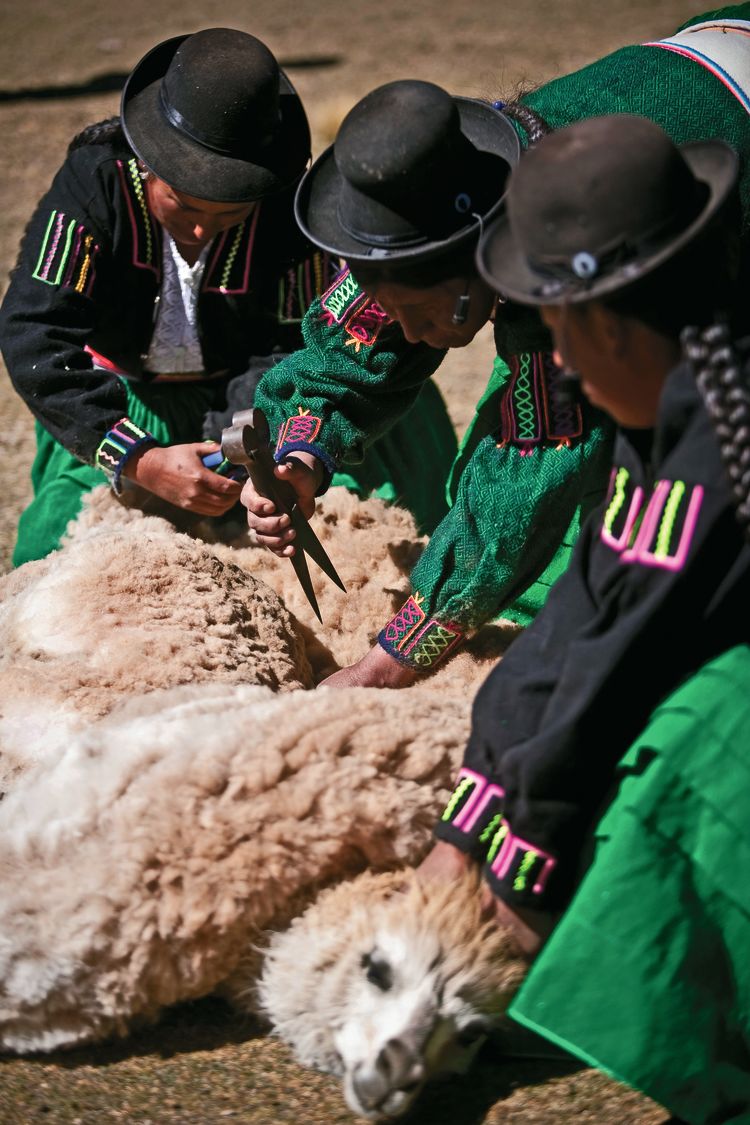
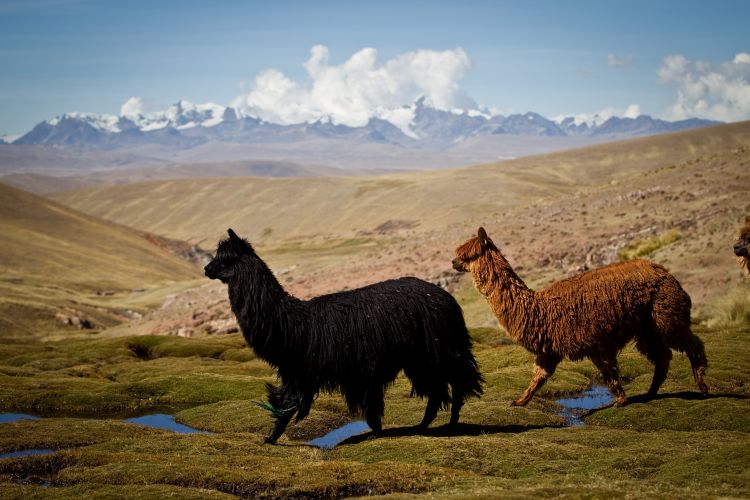
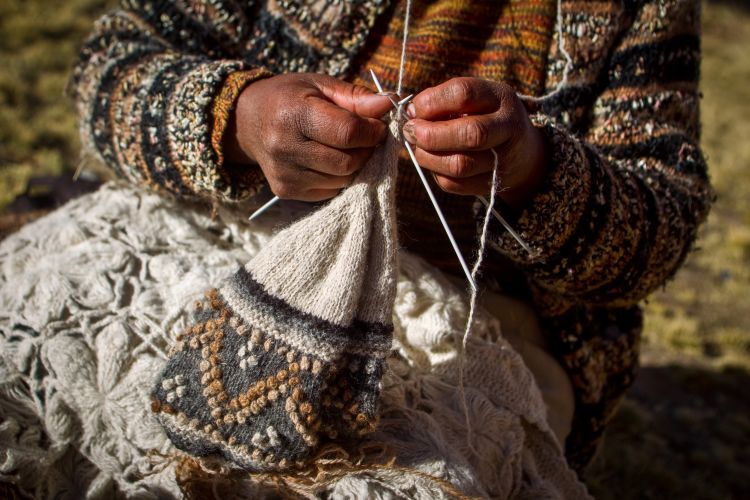
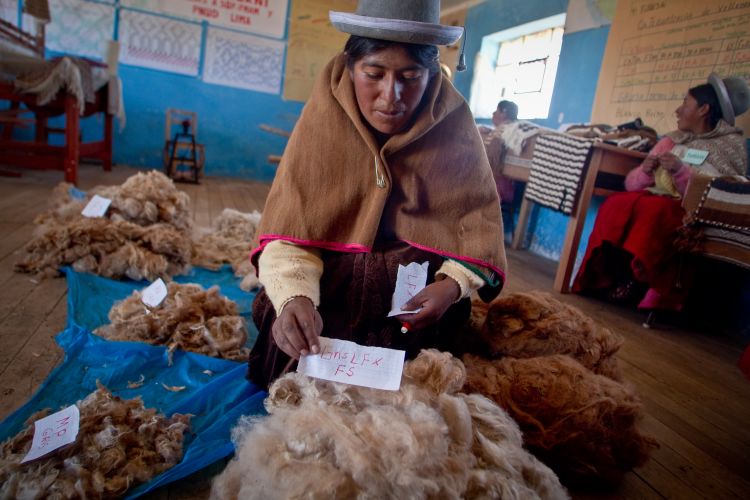
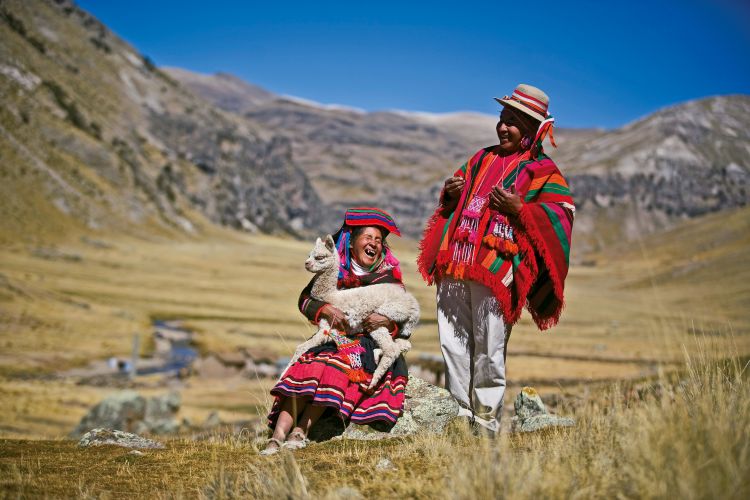
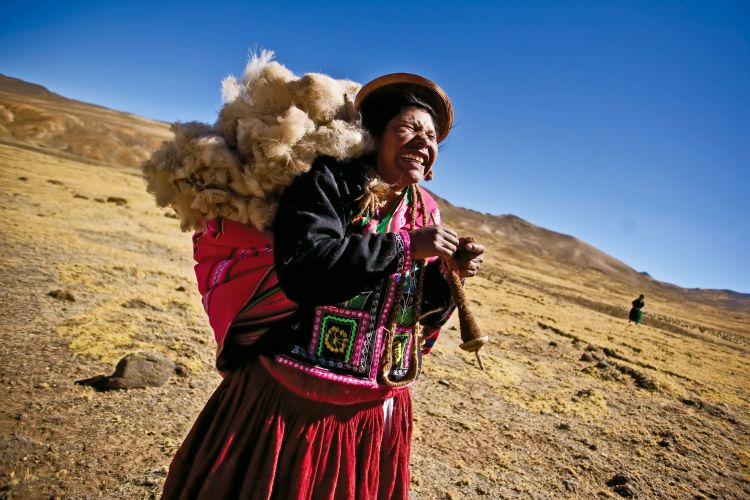
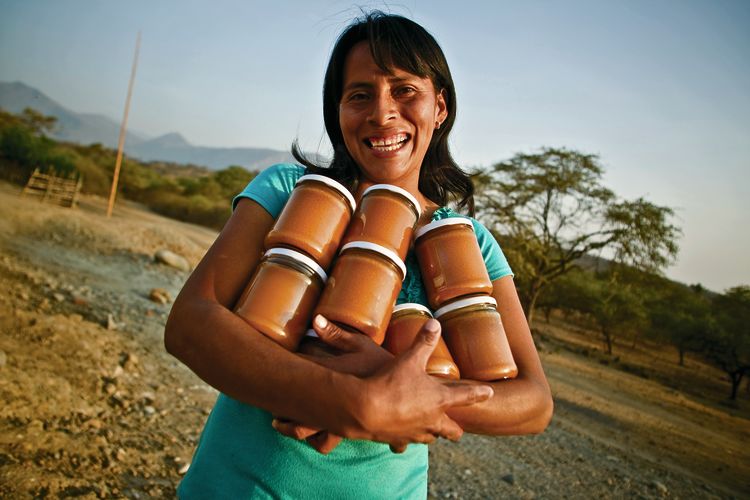
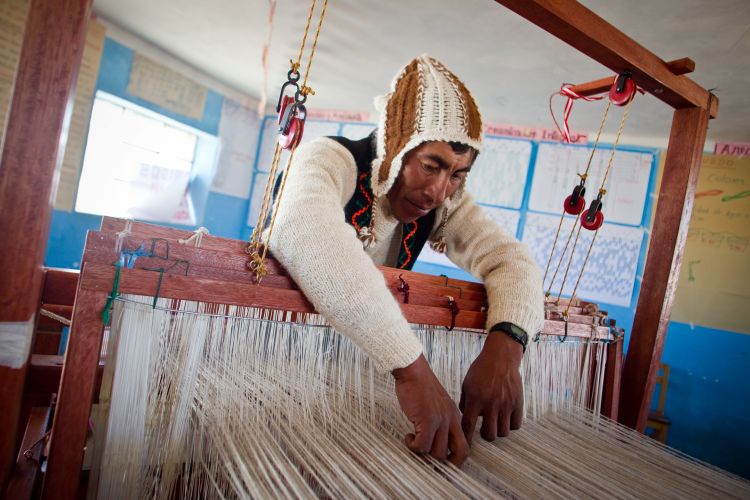
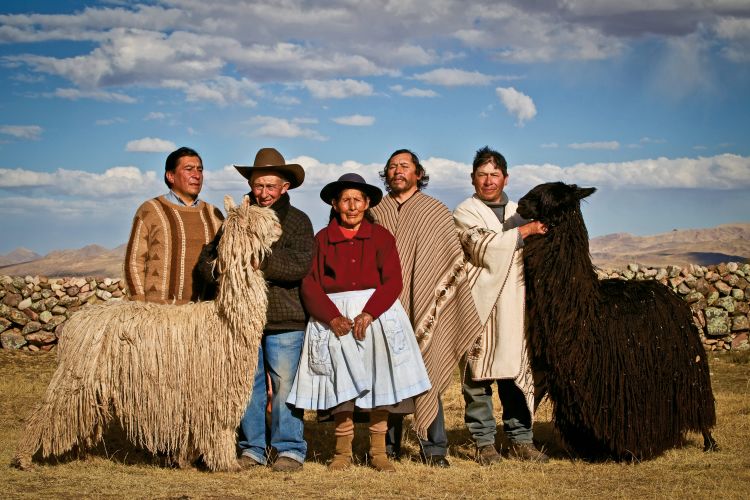
沒有留言:
張貼留言